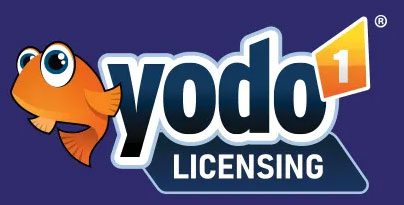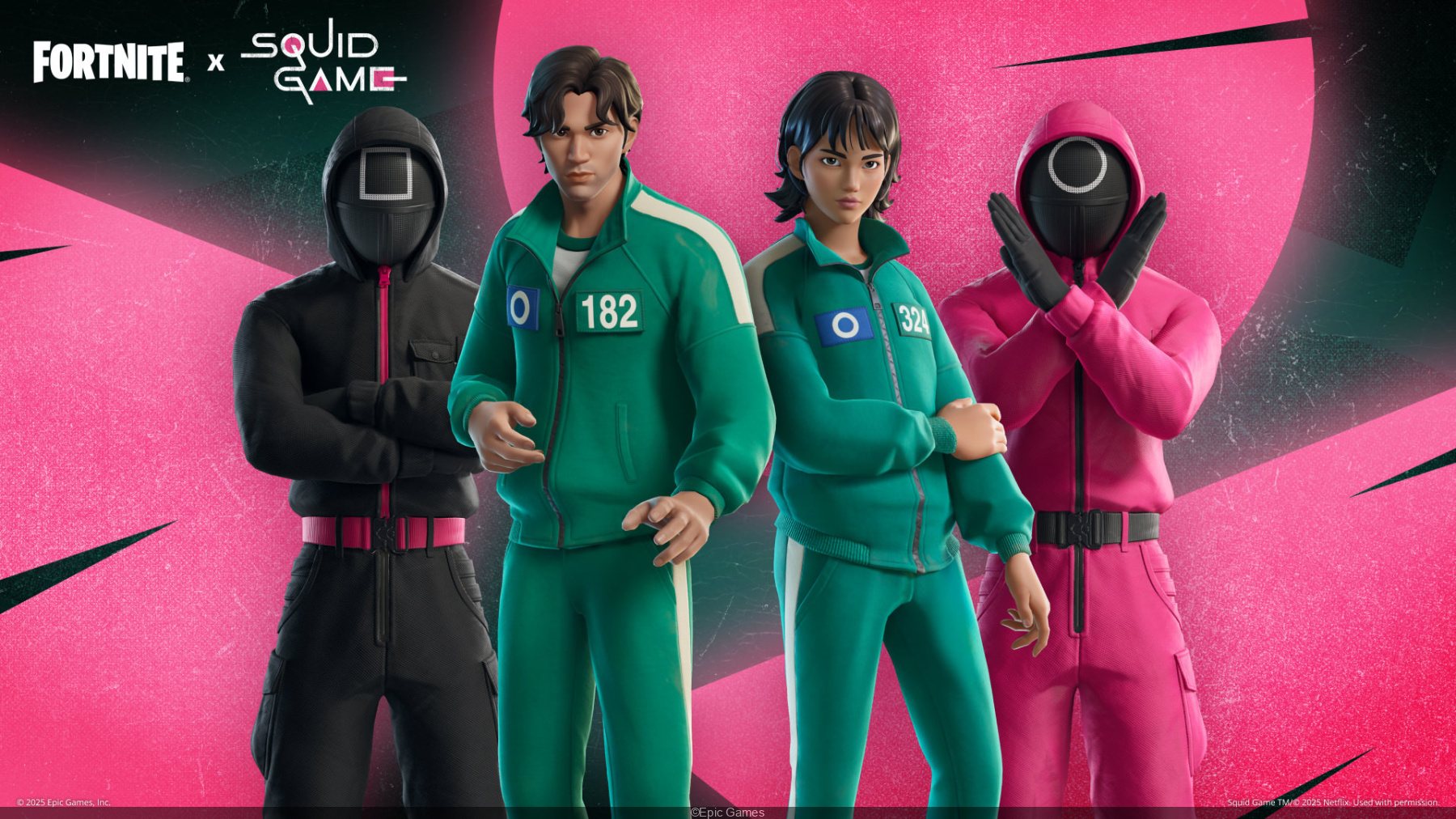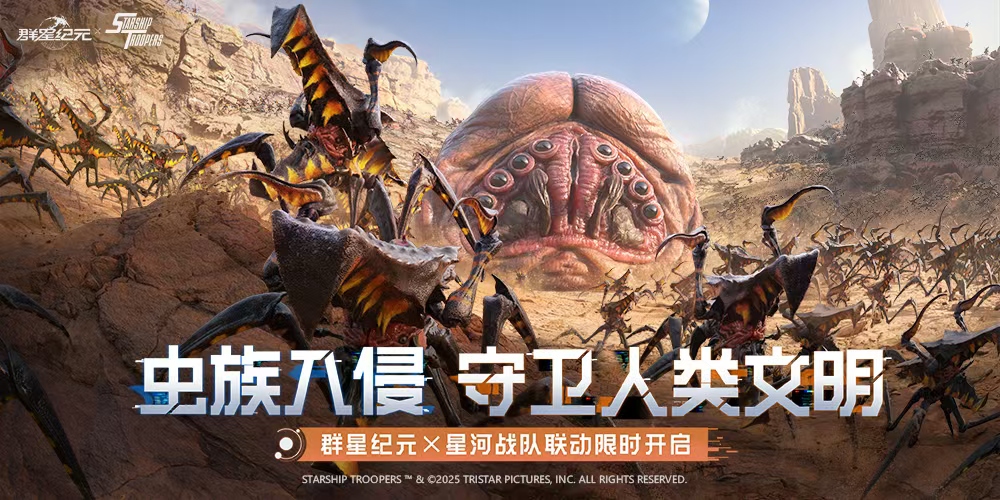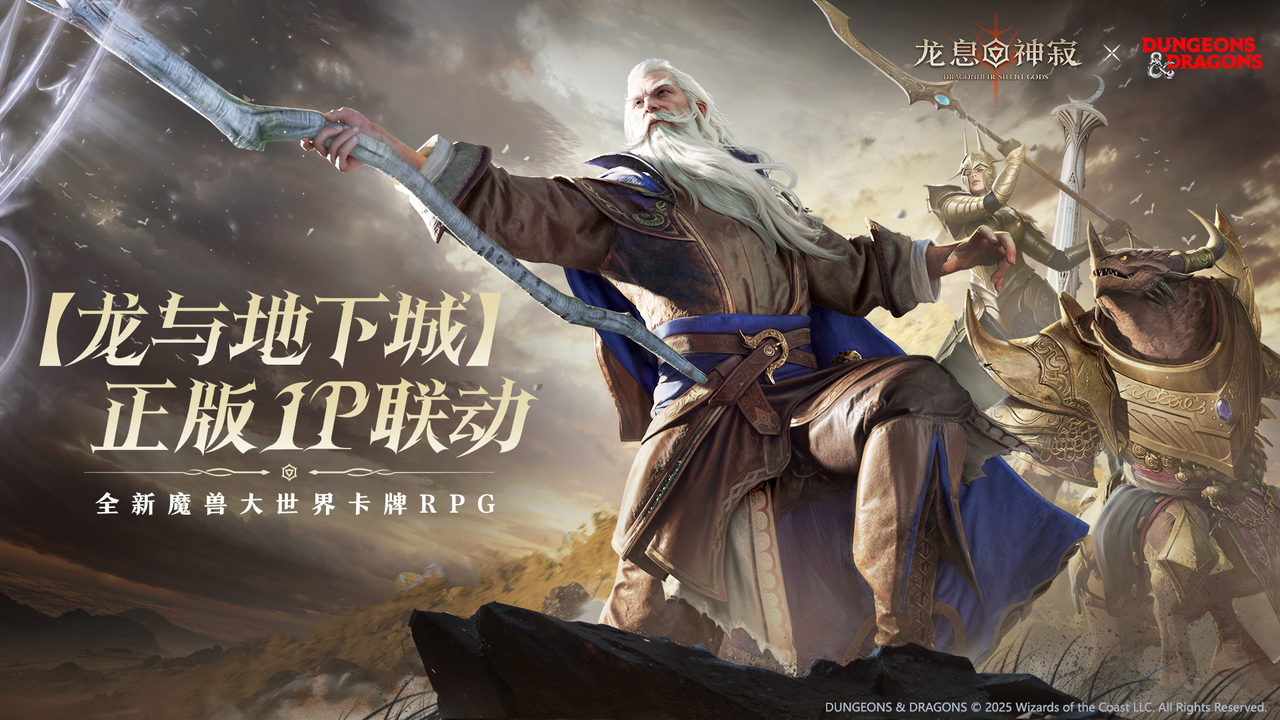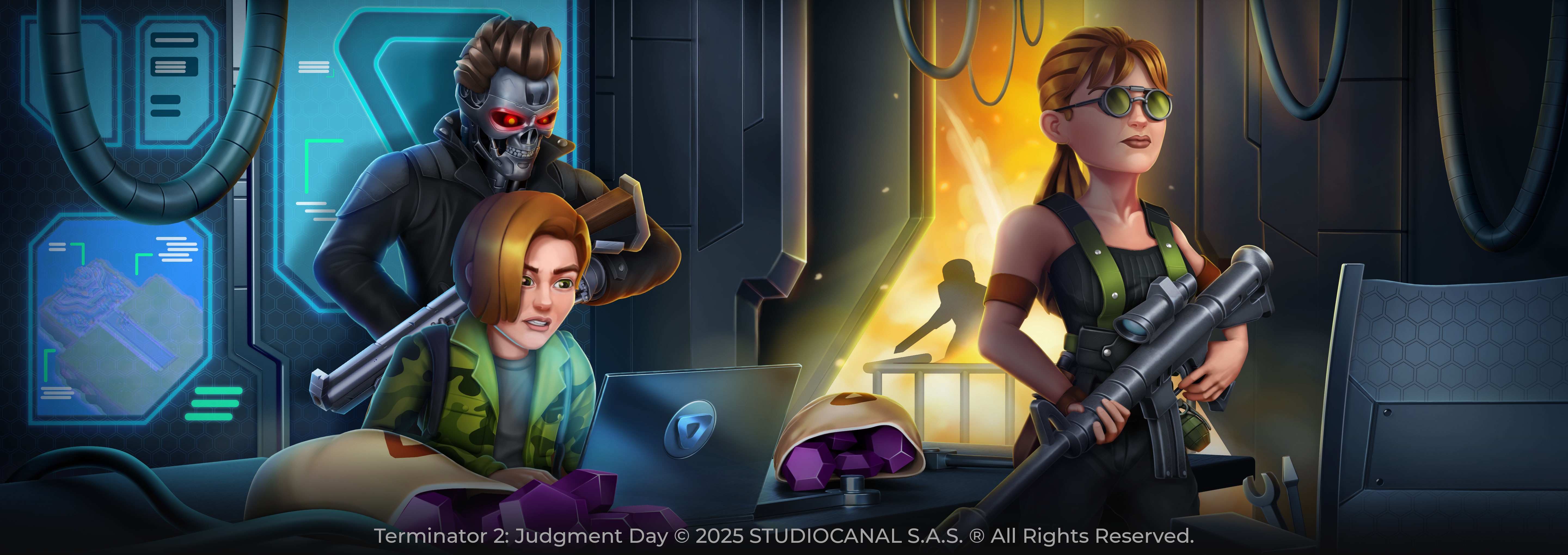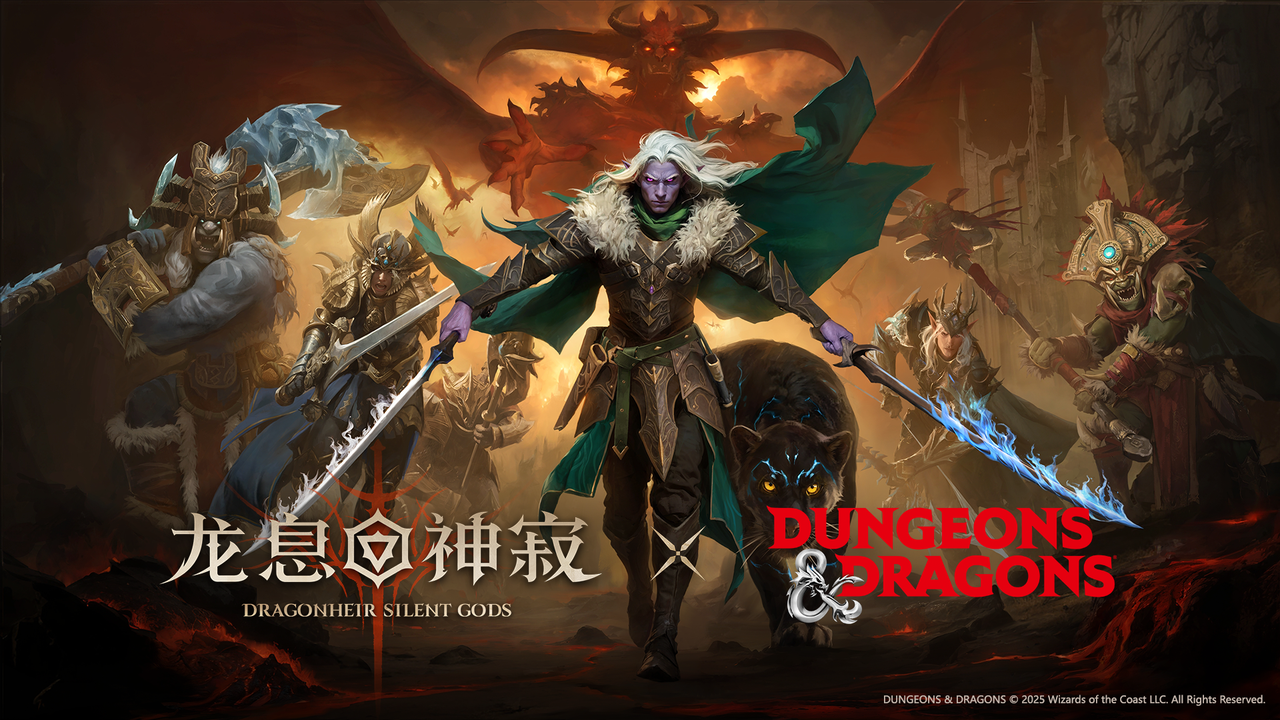How to Find the Perfect IP For Your Game Crossover
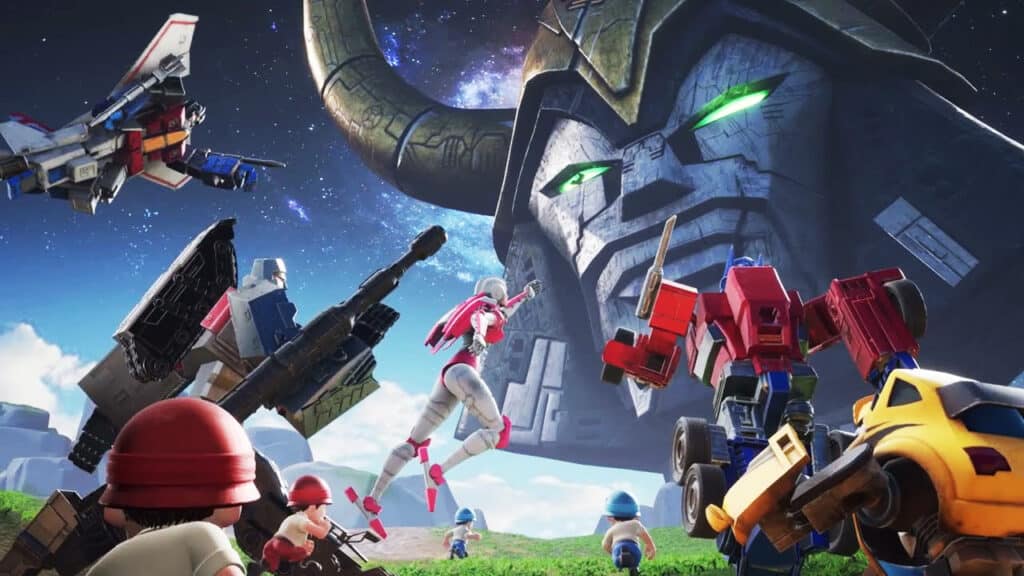
The gaming industry is one of the fastest-growing segments in entertainment, growing by 26% between 2019 and 2021, and with no signs of slowing down, it continues to provide nearly unlimited scope and opportunity.
Limited-time IP collaborations have become increasingly popular in the industry, and for good reason: they’re an amazing way to reach new players and generate buzz around your game.
As your games continue to grow, you’re probably wondering, what comes next? How can you take your growth to the next level, expand your player base, and maximize your revenue? As experts in limited-time IP collaborations, we have a birds-eye view of which IPs work best with which games, and the factors that lead to the most successful collaborations.
Let’s look at how these exclusive, short-term collaborations between games and films—we’re including TV shows and animation in this catchall term—benefit each side.
Setting the stage for a win-win-win
Suppose a superhero movie wants to generate buzz around its upcoming film with the ultimate goal of getting more people in the theater. A limited-time collaboration with a game that has clear audience overlap might be just the thing; a win for the game because existing players love exclusive content, while the film’s high-profile IP can bring a new cohort of players into the game. Bonus, a subset of players will connect the dots and realize there’s a movie out! This is a true win-win scenario, perhaps best demonstrated by Fortnite, who often drop exclusive skins from an IP collaboration just before a new movie to TV series release, as they did for the release of John Wick 3: Parabellum in 2019—just one among their many successful events.
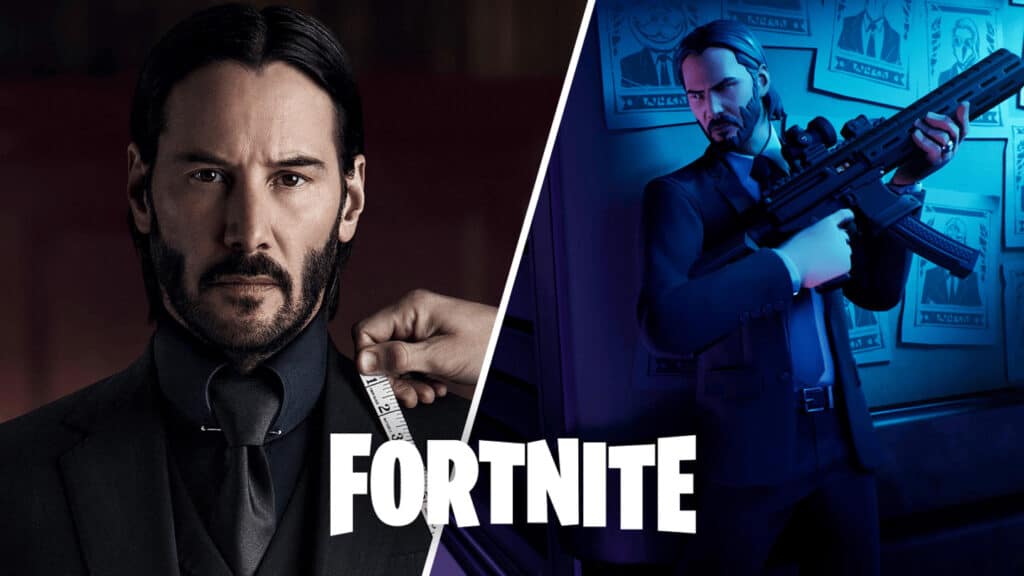
Image Credit: Early Game
How entertainment IPs help games
By bringing well-known IPs with millions of fans to the world of a game, developers and studios can tap into a pre-existing fan base, potentially increasing their game’s popularity and profitability. Additionally, if a film is involved in the collaboration and has notable talent, such as A-list celebrities, this can generate huge exposure and become a major driver of traffic for the game.
By associating with a successful film franchise, developers can gain significant credibility and enhance their reputation in the industry, which can lead to not only an immediate revenue boost but also increased opportunities for future projects.
Insight: Finding mutually advantageous collaborations can improve your negotiating position and your bottom line.
How games help entertainment IPs:
Practically speaking, games can be developed and released much more quickly than films, thus allowing filmmakers to promote new content and generate excitement among fans before the film’s release.
Other pluses include increased audience engagement, expanded reach, and efficient, targeted content promotion giving the IP a chance to experiment and try out new things with a specific demographic. And of course, games often attract a new audience that may not have been exposed to the film, expanding its reach and popularity.
Insight: Collaborations between films and games offer numerous, tangible benefits to both parties, including increased exposure, credibility, and financial success. The trick is finding the right match.
Finding the right IP is easier said than done
To reap these rewards, however, it’s crucial that game studios do their homework and invest in IPs that match their game’s demographic in order to get the best possible ROI. Understanding your audience will give you insight into the IPs that may work for your game. If you get this wrong, you could be bringing players in who stop playing immediately. If there’s a fundamental mismatch, it’ll be a bad investment.
Let’s explore the current landscape of entertainment IPs in games, to uncover insights and trends to help you reach new plates and continue scaling your game.
Live-action vs animation
Integrations with live-action shows or movies—such as The Walking Dead in Monster Legends and Puzzles & Survival—have obvious big pluses, as they feature famous celebrities that are recognized and loved by many. Harnessing this star power has resulted in some fabulous limited-time partnerships, like the Fortnite x Dune collab in 2021 that brought Paul Atreides and Chani into the game.
In collaborations involving animation, the negotiation process is generally more straightforward, and everything is also much simpler from a production and approval standpoint. Animated films and shows have more assets ready to be used in games, and of course, likenesses are not an issue. The limited-time collaboration between One Punch Man and Overwatch, which started last week and will continue through April 6, is a great example of a crossover generating a lot of buzz in real-time.
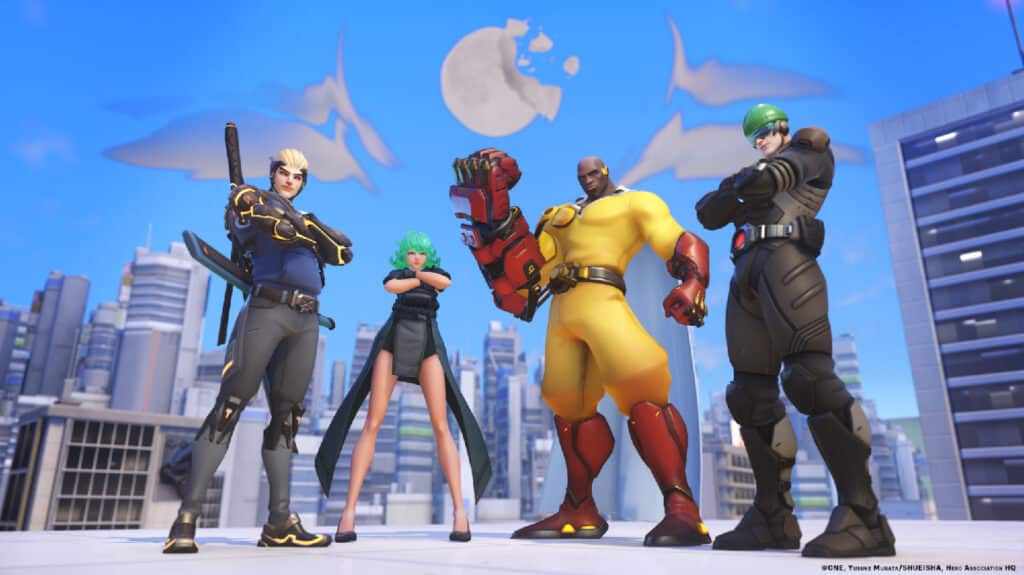
Image Credit: Blizzard
Insight: Live-action and animation each come with their advantages. Understanding these in the context of your game and players can make all the difference when choosing an IP to collaborate with.
Trends by genre
A majority of the most successful examples of IPs in games involve a fantasy (defined broadly) or sci-fi element. Why? Well, these genres often come with a built-in fanbase and, more importantly, expansive, detailed worlds that lend themselves well to game adaptations. Game developers can take advantage of these pre-existing worlds to create an alternative universe or mix up characters from the IP and the game to create new stories and experiences.
Star Wars is a great example: whether it’s a first-person shooter, racing, or even a puzzle game, there’s a vast treasure house of lore to mine, and an audience that is endlessly excited by it.
Sci-fi and fantasy IPs are primarily male-driven, another point in their favor since, as a group, they are the biggest spenders in mobile games. Overall, the sky is the limit: characters from action films like Top Gun and Jurassic World, fantasy franchises like Lord of the Rings, the MCU, Harry Potter, and Avatar, and the robots from Terminator and Transformers, all offer great opportunities for time-limited collaborations with games. This is a case where there are myriad options for overlapping audiences, like the very successful Transformers x Top War crossover.
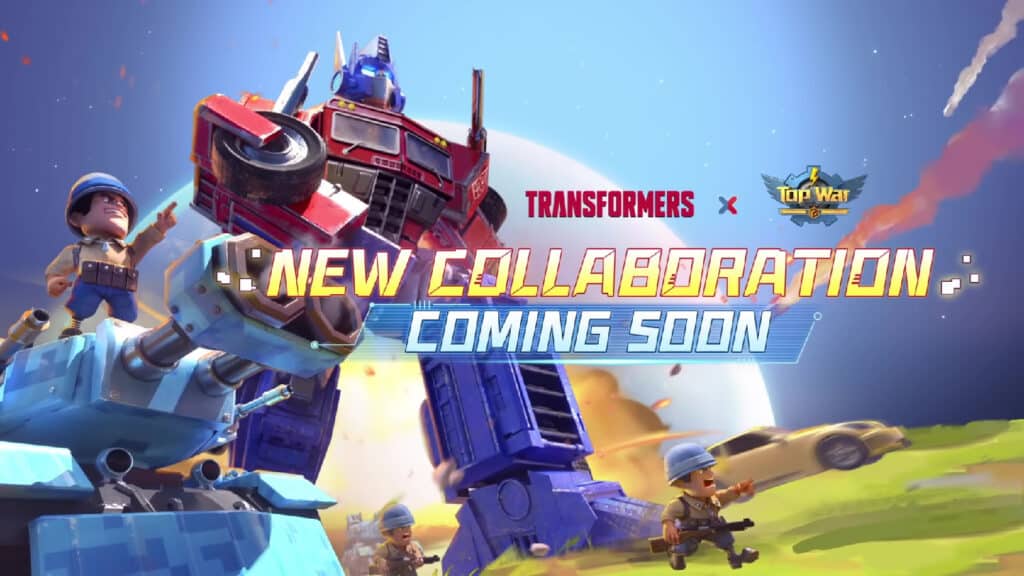
Image Credit: Transformer World
Horror and thriller franchises, also popular among the male gamer demographic, can be highly effective when paired with the right type of game and targeting a specific niche of players. Fans of horror and thriller franchises tend to be very loyal, long-time players who are willing to invest both time and money in games that deliver an immersive and terrifying experience. This dedicated fanbase can create a lucrative opportunity for game developers looking to collaborate with these types of IPs. By tapping into the suspense of horror and thriller franchises, game developers can create games that not only entertain and engage players but also capitalize on the pre-existing popularity of these iconic film genres.
Some IPs, however, regardless of popular appeal, don’t lend themselves as well to collaborations. Can you imagine a first-person shooter based on Titanic? Probably not!
Insight: Generally speaking, the gaming potential of an entertainment IP is a function of its scope and how close it sits to reality. Put simply, sci-fi and fantasy worlds have more possibilities.
Demographic differences
Interestingly, in the puzzle and simulation genres, women players outnumber men by quite a margin, and now make up a significant percentage of RPG and MMO players too. The challenge is that they tend to prefer drama, romance, as well as other more reality-based programming, and these more realistic IPs have proven harder to incorporate into games in a way that feels authentic. Not impossible, but it’s certainly more of a challenge to find a game these genres can sync with.
So what’s the solution for this increasingly strong demographic? Looking outside the confines of IP as just movies, anime, or TV shows to find matches among other brands. Fashion is a fast-growing appeal. For example, dressing characters and avatars in interactive and simulation games can be a clear and attractive path to incorporate a fashion designer label into the game.
Music is another avenue that can be used to target the female demographic effectively; recent successful examples of live, in-game concerts include BLACKPINK in PUBG Mobile and Ariana Grande in Fortnite, to resounding success.
Insight: Different audiences require creativity in matching IP with appealing interests, but thinking outside the box to brands beyond entertainment can open up new avenues for collaborations.
What about younger audiences?
You may have noticed that we haven’t mentioned campaigns targeted at children. In general, these have not proven the ideal market for limited-time IP collaborations. Due to specific restrictions—for good reason—on advertising aimed at children, most games for younger age groups monetize using a subscription model, making it challenging to monetize the IP once in the game, and the ROI is often not worth it.
Harnessing the hype
Some IPs target game collaborations specifically during premiere launches or other new-content drops. This can be more expensive for games but is usually more than worth it due to extra promotion tied in with the huge marketing campaigns the IPs are already taking on.
Licensors will start discussing game collabs for these big launches about a year in advance, so they can sync these up with other facets of their promotional launch campaigns, so plan well ahead. Large IPs tend to have very loyal fanbases, which can lead these brands to be more conservative in their marketing choices. If it’s a real out-of-the-box collaboration, a newer IP is often more flexible and open to something different.
In practice, the standard is for at least four of the IP’s iconic characters to be introduced to the game; usually several are offered free and the others are purchasable. If there’s something else strongly associated with the brand—a vehicle, weapon, or other recognizable items—these are great to incorporate, too. Amazon Prime show The Boys teamed up with PUBG MOBILE for the former’s Season 3 launch by offering, among others, exclusive Homelander, Soldier Boy, and Starlight super suits, weapon skins, and even a one-of-a-kind parachute.
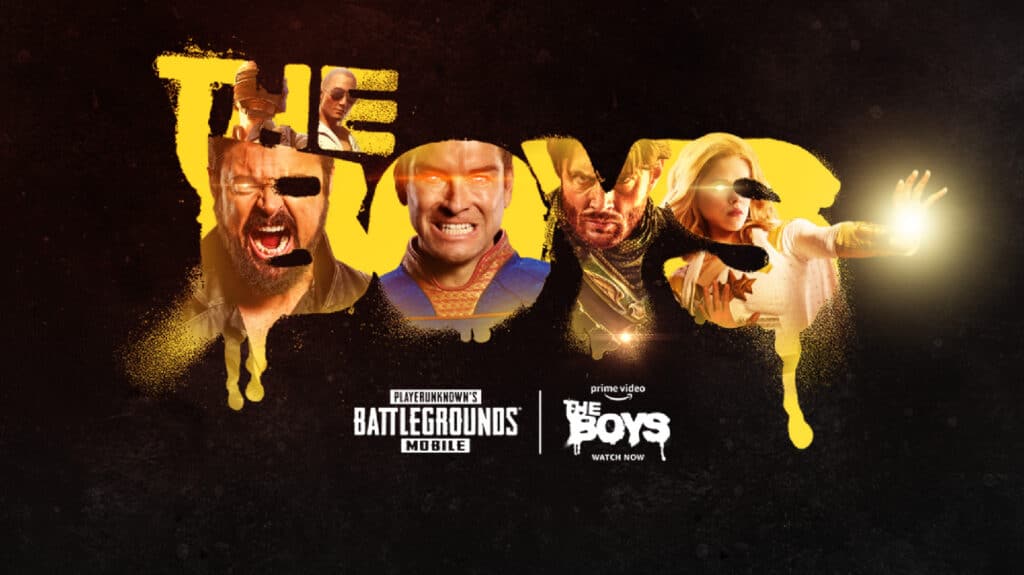
Image Credit: Variety
Whether it’s characters or items, this is where the limited-time angle of the collaboration comes into play: if you’re a fan, it’s now or never for these special items. That’s why they have to be well-selected so that what is offered generates excitement and FOMO among fans.
Insight: Think ahead, plan well, and make sure your audience knows what’s on offer and that it won’t be around for long–leverage FOMO to your advantage.
This sounds like… a lot
If your game is growing steadily but has hit a plateau in terms of players and revenue, or maybe it’s still growing but you want to try something new to attract a new audience and expand revenue further, now is the time to dig in and see if limited-time events are the next step in your growth trajectory and worth the investment.
The goal: increased purchases from existing players who are excited at the new content on offer, and new players who come to the game as fans of the IP. It’s a way to stay relevant if your game has been around for years, or, conversely, a way to put yourself on the map if you haven’t, linking your name with a top IP.
At Yodo1, we’re experienced in creating successful matches between brands and games. We know the ins and outs of licensing details, contracts, and legalities and can help you navigate them—and in many cases, take them off your hands—setting you on the path to a successful pairing. Reach out today to learn how!
